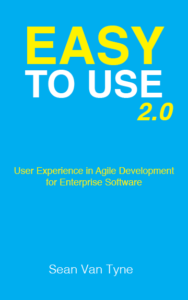Contextual Inquiry
Contextual inquiry is a semi-structured observational and interview (inquiry) method to understand how and why a prospect or customers uses (existing) or may use (prototype) your solution in the environment that they use it (context). This could be using an appliance in a kitchen, a tool on the shop floor, a device in a lab, … Read more








